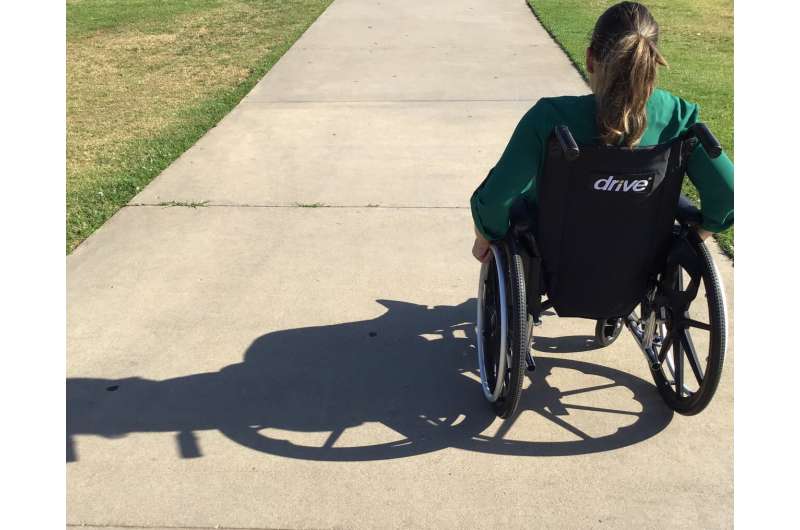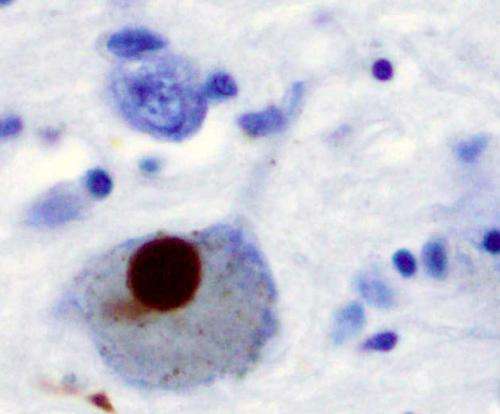Pennsylvania Woman Receives Innovative Gene Therapy for Rare ALS

A Pennsylvania woman with a rare genetic form of ALS is receiving a groundbreaking gene therapy treatment that targets the root cause of her disease, offering new hope for slowed progression and improved quality of life.
In Erie County, Pennsylvania, Diane Zaczyk, a 67-year-old resident, experienced a gradual decline in mobility that initially seemed related to aging or her longstanding diabetes. Once an active individual who effortlessly lifted heavy sacks of chicken feed, Zaczyk started to notice her right foot dragging and difficulty climbing stairs. Her symptoms worsened around Christmas 2023, prompting medical investigations. After testing ruled out infections like Lyme disease and neuromuscular conditions such as myasthenia gravis, she was diagnosed with amyotrophic lateral sclerosis (ALS), a progressive neurodegenerative disease affecting nerve cells in the brain and spinal cord. AIS is often called Lou Gehrig's disease and leads to muscle weakness and loss of motor functions.
Genetic testing revealed Zaczyk had a rare inherited form of ALS caused by a mutation in the SOD1 gene, shared by only about 500 people in the United States. This diagnosis opened the door to targeted treatment options. Zaczyk is now the first patient at Allegheny Health Network to receive a groundbreaking gene therapy called tofersen, marketed as Qalsody, approved by the FDA in April 2023 for treating familial ALS linked to SOD1 mutations.
Qalsody works by using antisense oligonucleotides to bind to the faulty SOD1 mRNA, prompting the body to destroy it and thus reduce the production of the harmful mutant protein. This protein typically damages nerve cells, leading to disease progression. Research indicates that tofersen can lower levels of neurofilament light chain, a biomarker for nerve damage, offering hope for slowing disease progression.
Despite Phase III trials not demonstrating a significant slowdown in the overall progression of ALS, Qalsody represents a significant step forward as an FDA-approved genetic therapy specifically targeting the root cause of certain ALS cases. It is administered through monthly spinal injections, aiming to 'quiet' or diminish the activity of the mutated gene. While it cannot cure ALS, scientists believe it has the potential to prevent further nerve damage and slow symptom progression.
Dr. Sandeep Rana, director of Allegheny Health Network's ALS Center, emphasized the importance of early diagnosis, particularly for patients with known genetic mutations like Zaczyk. Early intervention with treatments like tofersen may offer the best chance to manage symptoms and improve quality of life. Other patients in the network have been considered for the therapy, though some have succumbed to the disease before treatment could begin.
The development and approval of tofersen mark a promising advance in personalized medicine for ALS, targeting its genetic roots. Ongoing research and more extensive testing are expected to refine its effectiveness and broaden treatment options for this devastating condition.
Stay Updated with Mia's Feed
Get the latest health & wellness insights delivered straight to your inbox.
Related Articles
Enhancing Diabetes Management in Older Adults Through Mobile Health Applications
Mobile health applications can play a crucial role in helping older adults effectively manage diabetes, improve blood glucose levels, and adhere to medication routines. Recent studies suggest tailored digital solutions could further enhance health outcomes in this demographic.
New Discovery Reveals Connection Between Chromosomal Centromeres and the Immune System
Scientists have discovered a novel connection between chromosomal centromeres and the immune system, opening new possibilities for immunotherapy research and cancer treatment.
How Parental Separation Influences Brain Development in Early Life
New research reveals how parental separation influences brain development in early life through the hormone oxytocin, shaping social behaviors and emotional resilience in young mammals.
Japanese Company Seeks Approval for Stem Cell Therapy to Treat Parkinson's Disease
Sumitomo Pharma is seeking regulatory approval for a pioneering stem cell therapy for Parkinson's disease, following successful clinical trials showing safety and symptom improvement.



